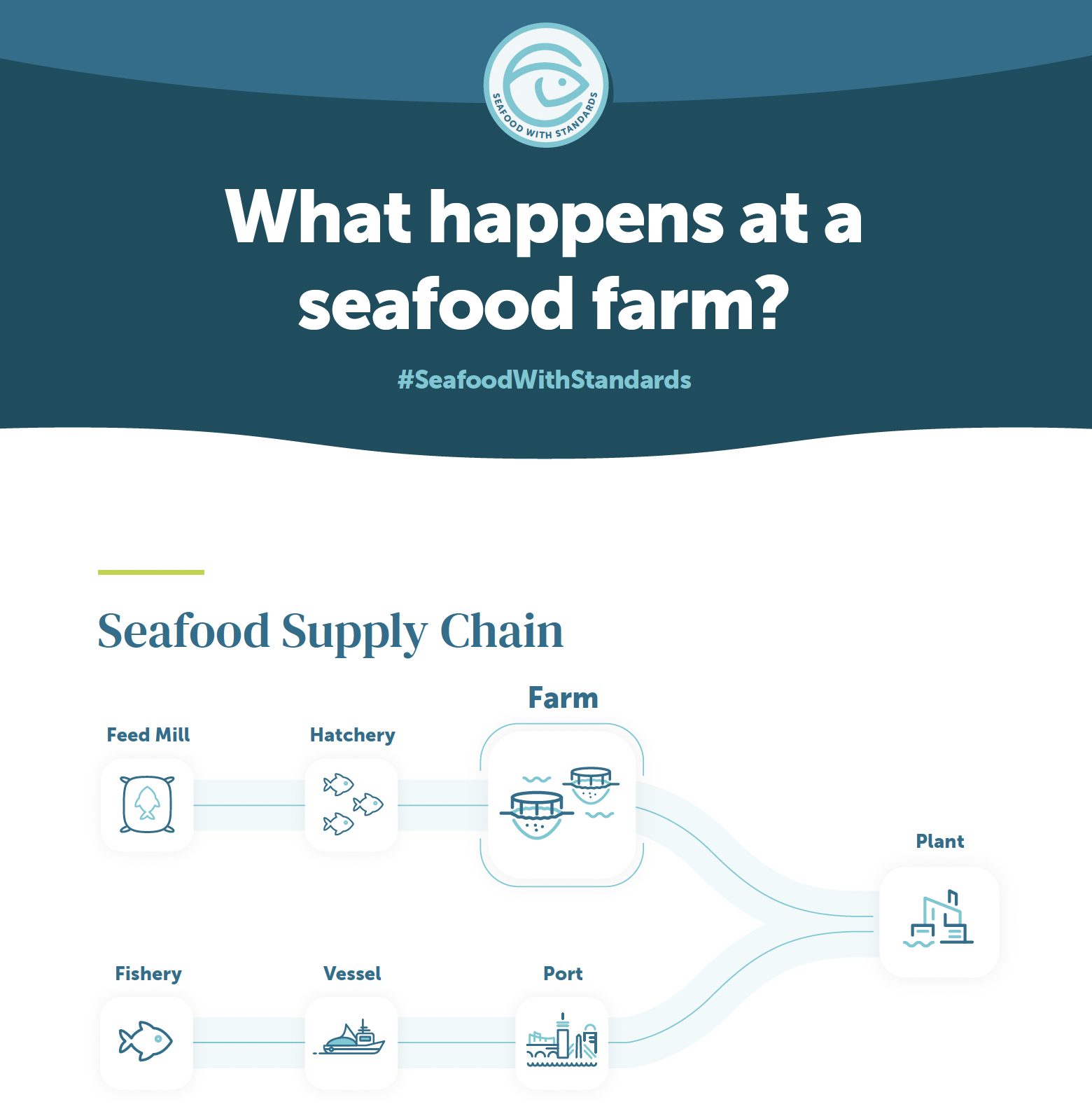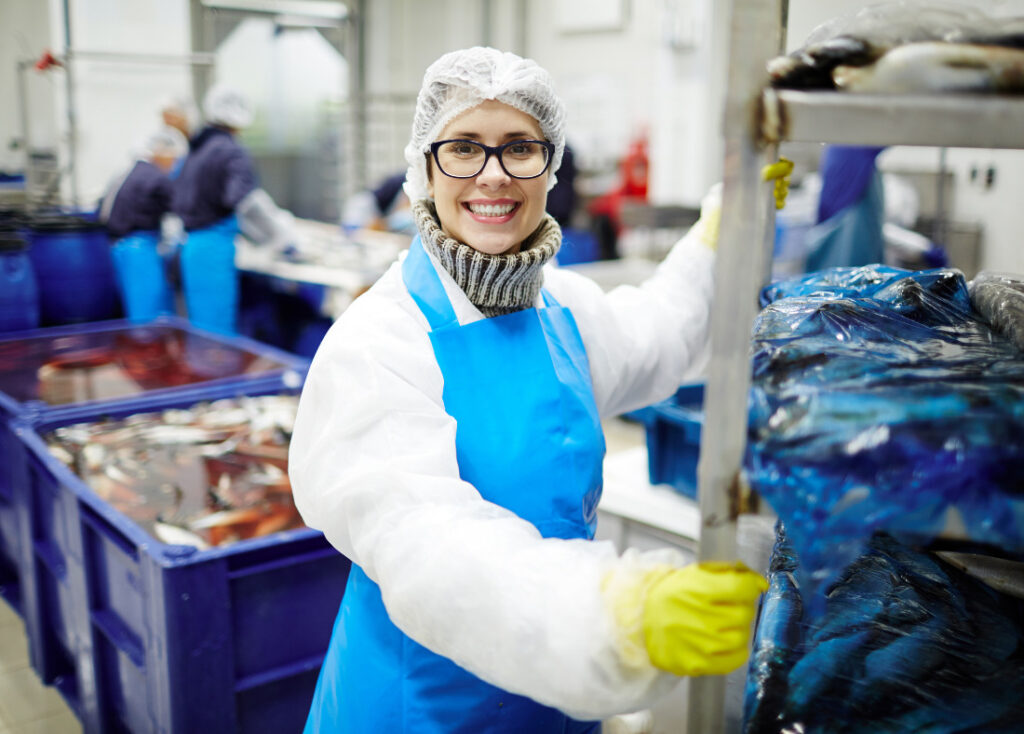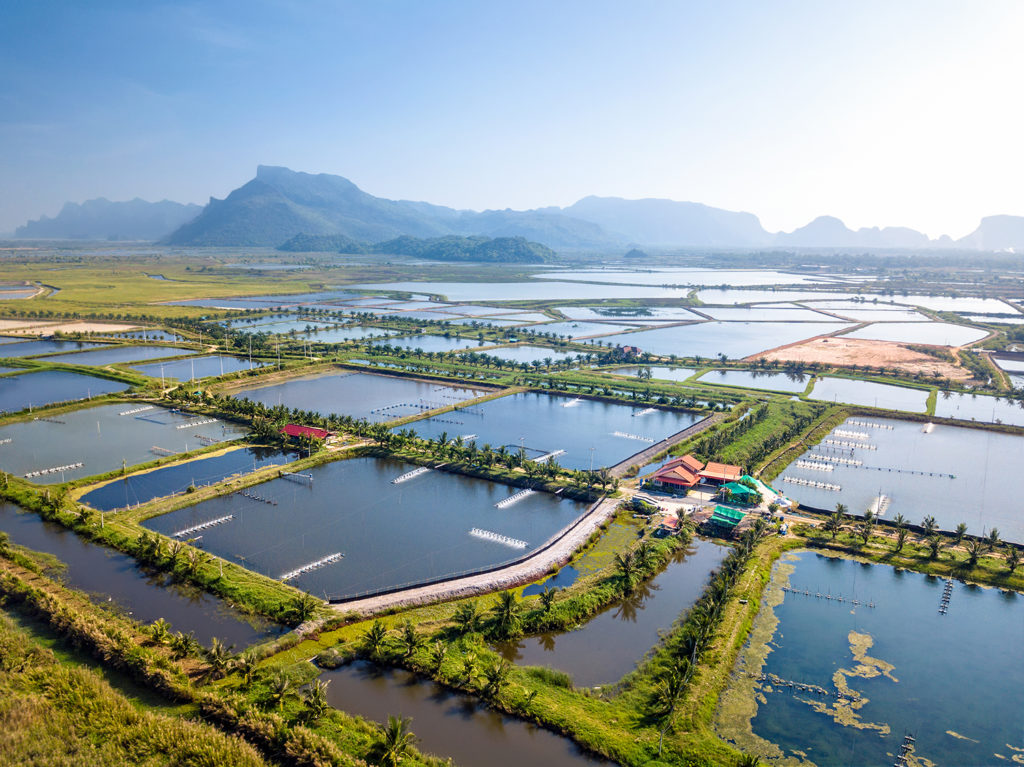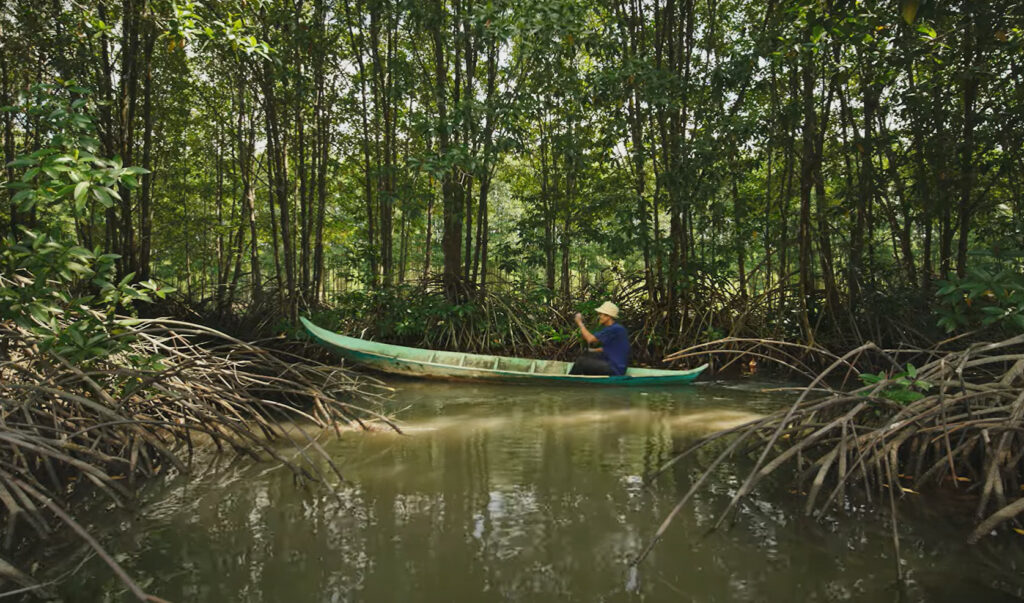What happens on seafood farms?
 Note: Each step in the seafood production chain has its own importance, but they work together to create the best quality products for consumers. In the #SeafoodWithStandards campaign throughout 2022, the Global Seafood Alliance will be highlighting each stop along the production chain to pull back the curtain and explain what happens there. This month, we’re focusing on what happens seafood farms – where cultivation of aquatic species happens.
Note: Each step in the seafood production chain has its own importance, but they work together to create the best quality products for consumers. In the #SeafoodWithStandards campaign throughout 2022, the Global Seafood Alliance will be highlighting each stop along the production chain to pull back the curtain and explain what happens there. This month, we’re focusing on what happens seafood farms – where cultivation of aquatic species happens.
What is an aquaculture farm?
By 2030, 62 percent of all seafood produced for human consumption will come from aquaculture. Today, it’s about 50 percent. So, what is aquaculture?
Aquaculture is the controlled process of cultivating and harvesting aquatic organisms, especially for human consumption. It’s a similar concept to agriculture, but with fish instead of plants or livestock. Aquaculture is also referred to as fish farming. The seafood that you find at your local grocery store is likely labeled as farmed fish. Aquaculture can happen all over the world, and it does: in coastal ocean waters, freshwater ponds and rivers, and even on land in tanks.
What happens at a seafood farm?
There are many differing approaches to farming seafood – each one is tailored to create the best possible environment for the species being farmed. Different organisms are grown with different methods to ensure they thrive. To learn about what happens at seafood farms, it’s helpful to think about how different methods of farming are used for different species.
 Generally, there are four classifications of farms: land-based (rainfed ponds, irrigated or flow-through systems, tanks and raceways), water-based (cages, pens, inshore/offshore), recycling systems (high control enclosed systems, more open pond based recirculation), and integrated farming systems (livestock-fish, agriculture and fish dual use aquaculture and irrigation ponds).
Generally, there are four classifications of farms: land-based (rainfed ponds, irrigated or flow-through systems, tanks and raceways), water-based (cages, pens, inshore/offshore), recycling systems (high control enclosed systems, more open pond based recirculation), and integrated farming systems (livestock-fish, agriculture and fish dual use aquaculture and irrigation ponds).
Some examples of different types of farmed seafood are:
- Fish: farmed in ponds, polishing ponds, integrated pond systems, cages, pens, etc.
- Seaweeds and macrophytes: farmed in floating/suspended culture, onshore pond/tank culture, etc.
- Mollusks: farmed in bottom, pole, rack, raft, long-line systems, also culture based fisheries.
- Crustaceans: farmed in ponds, tanks, raceways, culture based fisheries, etc.
Across all of these methods to farming, there are some general steps of production that are common to each of them:
- Once the animals are mature enough for transport, they are acquired from hatcheries (sometimes onsite), which is the step in the production chain just before farms.
- Then comes rearing, which is the transition from the larval stage to juveniles. The main concerns for this stage are nutritional needs and disease prevention.
- As the animals mature from juveniles to harvest size, they are likely eating much more, thereby increasing in size.
- Finally, when the animals are mature and large enough, they are harvested and transported to a processing plant.
Why are seafood farms important?
Without seafood farms, more stress would be put on wild fisheries to provide a consistent source of seafood to the global marketplace.
GSA’s Farm Standards
As part of GSA, Best Aquaculture Practices (BAP) ensures aquaculture is performed responsibly through its third-party certification program. BAP is the only seafood-specific certification program that certifies every step in the production chain (other programs only certify certain stops along the chain).
View the full documents relating to the BAP farm standards.
Why do we have it?
Through its BAP farm standards, GSA can verify that responsible aquaculture practices are being used at the farm level. BAP’s farm standards cover finfish, crustaceans, mollusks and salmon farms. Each farm standard covers the four pillars of responsible seafood — food safety, social accountability, environmental responsibility and animal health and welfare. Here are some ways that BAP farm standards address each of these pillars.
How do the farm standards cover the four pillars of responsible seafood?
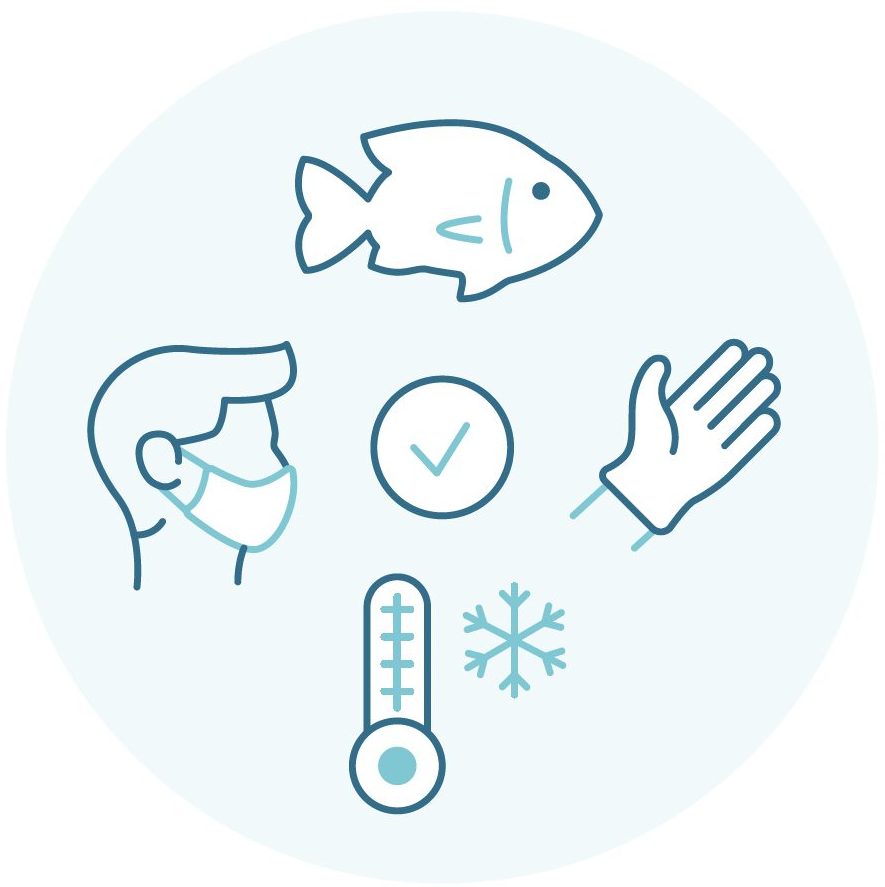
Food Safety
Farms must:
- Ensure proper microbial sanitation, hygiene, harvest and transport
- Use antimicrobial agents only when recommended by a veterinarian or animal health specialist and only to treat disease
- Identifies potential contamination risks from the surrounding environment with potential to affect the food safety of products from an aquaculture farm
- Develop a management plan that describes procedures to monitor and control those risks and provide evidence that the plan is operational and effective
Learn more about food safety on seafood farms in our Aquaculture 101 series.
Blog post: How do BAP standards address food safety?
 Social Accountability
Social Accountability
Farms must:
- Ensure there are safe, healthy and clean conditions for workers
- Ensure workers are compensated appropriately and provide benefits that at a minimum are required by local laws (i.e. health insurance, maternity leave, etc.)
- Strive for good community relations (i.e. not blocking access to public areas such as common land, fishing grounds, etc.)
- Ensure there is no forced, indentured or child labor
- Provide equal opportunity concerning hiring, compensation access to training, promotion, etc.
Learn more about social accountability on seafood farms in our Aquaculture 101 series.
Blog post: How BAP addresses inequality in seafood
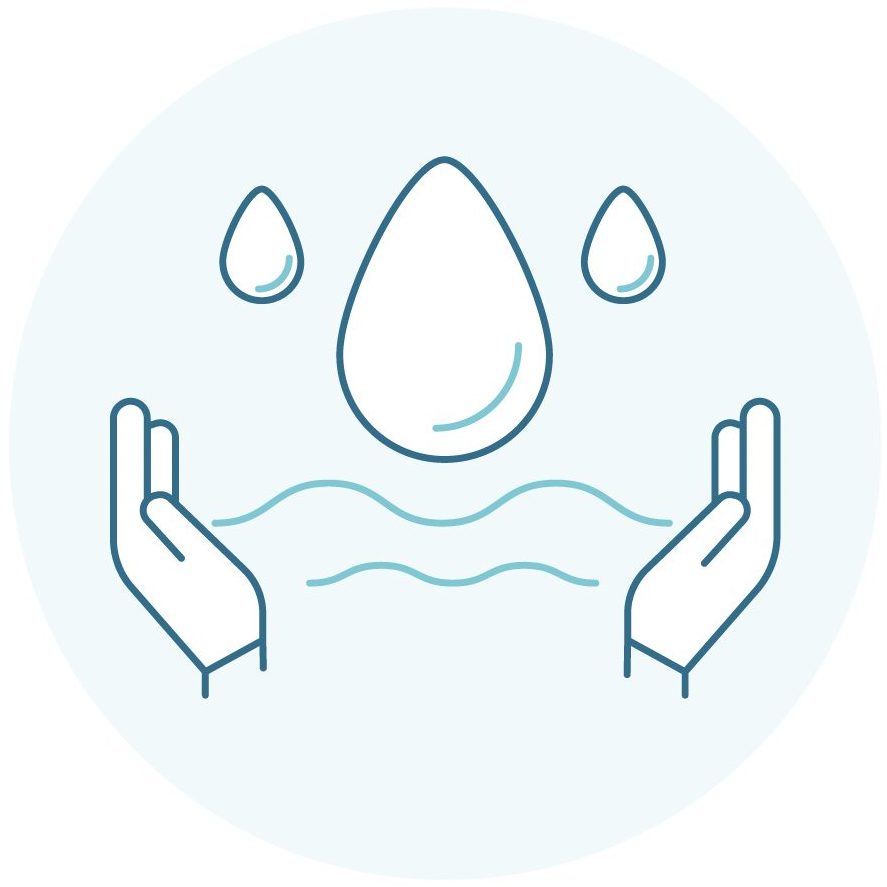 Environmental Responsibility
Environmental Responsibility
Farms must:
- Ensure sites are not located where they displace important habitats like wetlands
- Monitor water quality and sediments
- Monitor effluents
- Use fish meal and fish oil in an efficient manner
- Have a written Containment Plan that includes procedures on how to prevent escapes
- Properly store and dispose of supplies
- Develop an Environmental Management Plan that describes procedures to monitor and control farm impacts and provide evidence that the plan is operational and effective
Learn more about environmental responsibility on seafood farms in our Aquaculture 101 series.
Blog post: How do BAP standards address environmental responsibility?
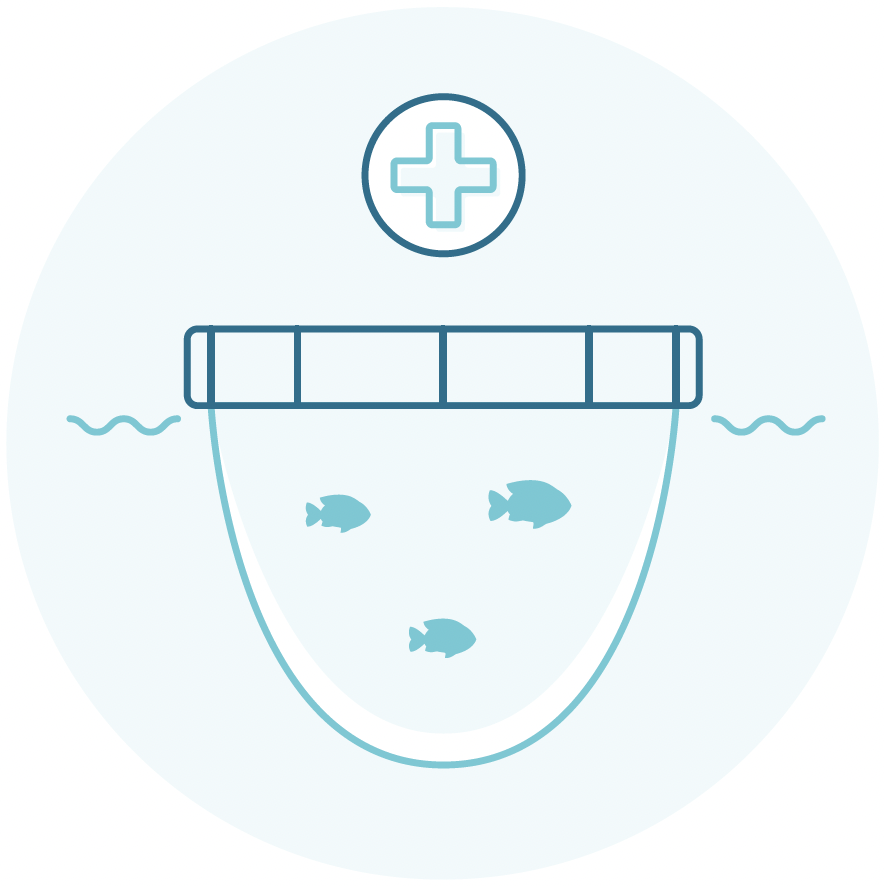 Animal Health & Welfare
Animal Health & Welfare
Farms must:
- Have biosecurity controls in place that help prevent spread of disease
- Monitor welfare indicators such as behavior, physical health and water quality
- Handle animals in a way that minimizes stress
- Adhere to stocking density requirements
- Farm staff must be trained in biosecurity procedures and along with all visitors, comply with them
Learn more about animal health and welfare on seafood farms in our Aquaculture 101 series.
Blog post: How do BAP standards address animal health and welfare?

